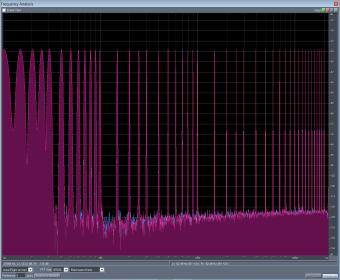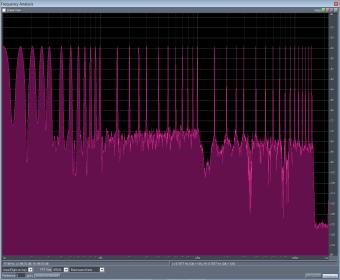I have seen some other research on this beyond the citation of Jkeny. ...
Thank you to both of you.
EDIT: Quite a rabbit hole. Lots of holiday reading, especially Hartmann and Constan. Basically, once you add a room (reverberant field), things get messy fast.
... Now if we did actual soundfield reconstruction we would have something.
I believe JJ has been working on that, based on the hints he's dropped from time to time.
I've heard enough music in 5.1 format to have decided(*) that I'm not going to spend too much effort optimising 2.0 / 2.1 reproduction. Putting my efforts into 5.1 for now (looking at Atmos next) is a more satisfying use of my time/money/energy.
(*) I realised I'm buying much more music in 5.1 format than stereo format these days. While I still have a large legacy stereo collection, I mostly listen to it with headphones.
Last edited:








